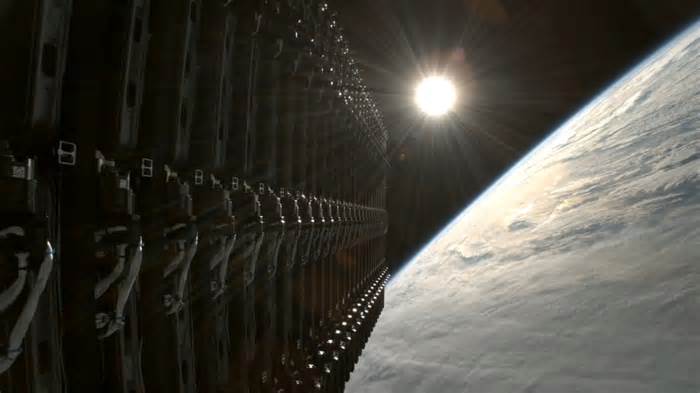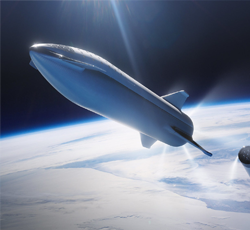
Starlink Satellites Interfered With 30 Percent Of 76 Million Radio Telescope Images, Study Reveals
- by Mashable India
- Jul 29, 2025
- 0 Comments
- 0 Likes Flag 0 Of 5

>
Science
The fears about SpaceX's Starlink constellation interfering with astronomy are no longer unfounded as the satellites have started to contaminate radio telescope pictures. Researchers from the Curtin University have revealed in their study published in Astronomy and Astrophysics that radio emissions from over 1,800 satellites are impacting research. After analysing more than 76 million images of the sky using a prototype station for the Square Kilometre Array (SKA), they found that Starlink satellites had affected 30 percent of them in some datasets. ALSO SEE: 'Leaking' Starlink Satellites Are Hindering Astronomy More Than Ever, Experts Warn
What are all those streaks in the sky? A galaxy, many satellite trails, and a few meteors. First, far in the distance, the majestic band of our Milky Way Galaxy runs down the left. Mirroring it on the right are several parallel trails of Earth-orbiting Starlink satellites. Many… pic.twitter.com/CDud9ZBjcA — Astronomy Picture of the Day (@apod) June 14, 2025
Starlink interference is bad because their emission interfere with radio signals from distant cosmic objects. Radio waves astronomers look for these signals for making ground-breaking discoveries.
"Some satellites were detected emitting in bands where no signals are supposed to be present at all, such as the 703 satellites we identified at 150.8 MHz, which is meant to be protected for radio astronomy," Grigg said. "Because they may come from components like onboard electronics and they're not part of an intentional signal, astronomers can't easily predict them or filter them out."
The Starlink team and @TheNRAO worked together to enable Starlink satellites to avoid transmissions into the line-of-sight of radio telescopes, leveraging our advanced phased array antenna technology to dynamically steer beams away from telescopes → https://t.co/tLivYJFrcO pic.twitter.com/Uz4SUV51wb — Starlink (@Starlink) August 9, 2024
While SpaceX is not violating any regulations with Starlink, scientists still need radio silence from nuisance like satellites to continue observing the universe.
In 2024, Starlink released a statement saying it has worked with the National Radio Astronomy Observatory (NRAO) to enable its satellites "to avoid transmissions into the line-of-sight of radio telescopes by leveraging Starlink's advanced phased array antenna technology, which can dynamically steer satellite beams away from telescopes in milliseconds."
Please first to comment
Related Post
Stay Connected
Tweets by elonmuskTo get the latest tweets please make sure you are logged in on X on this browser.






 Energy
Energy

















